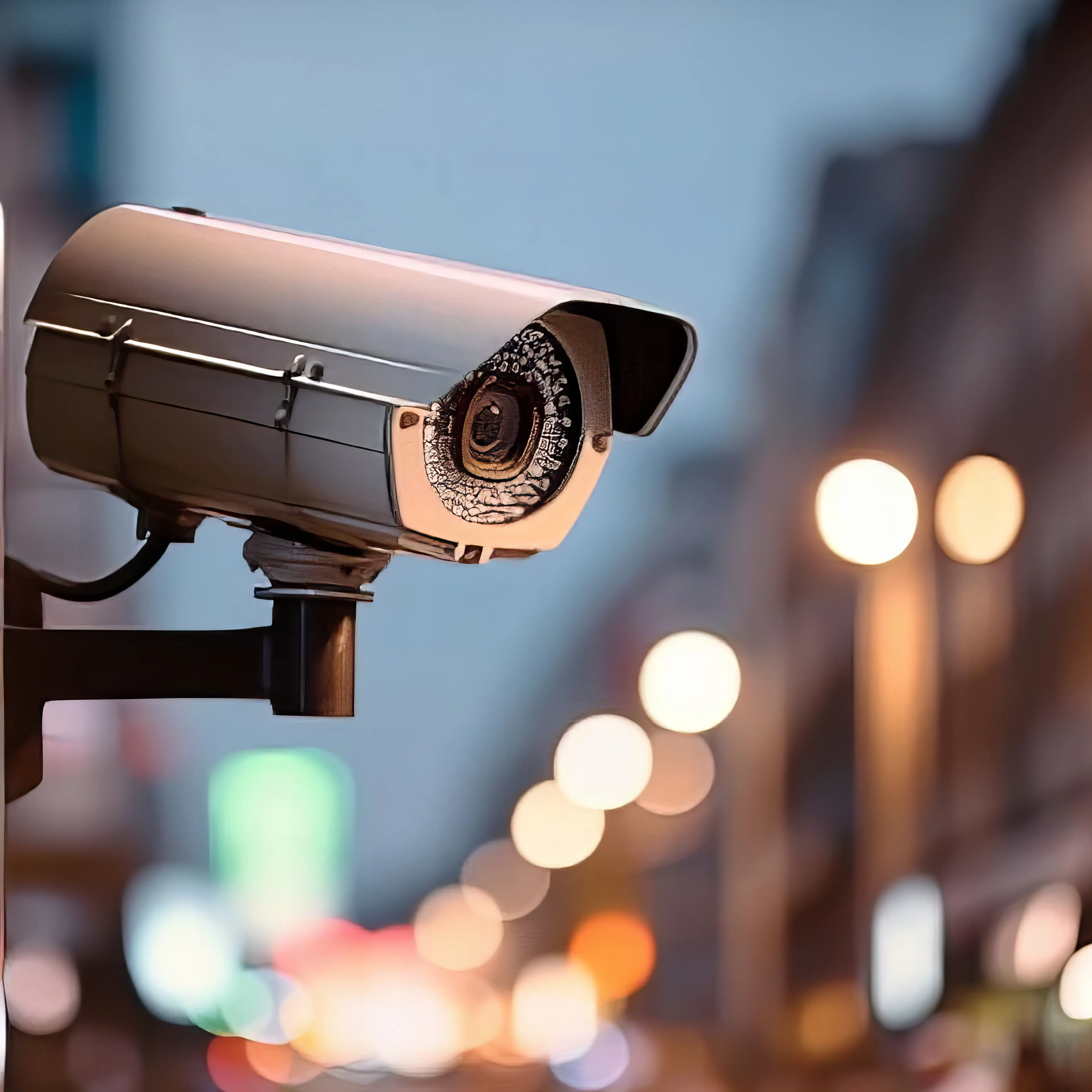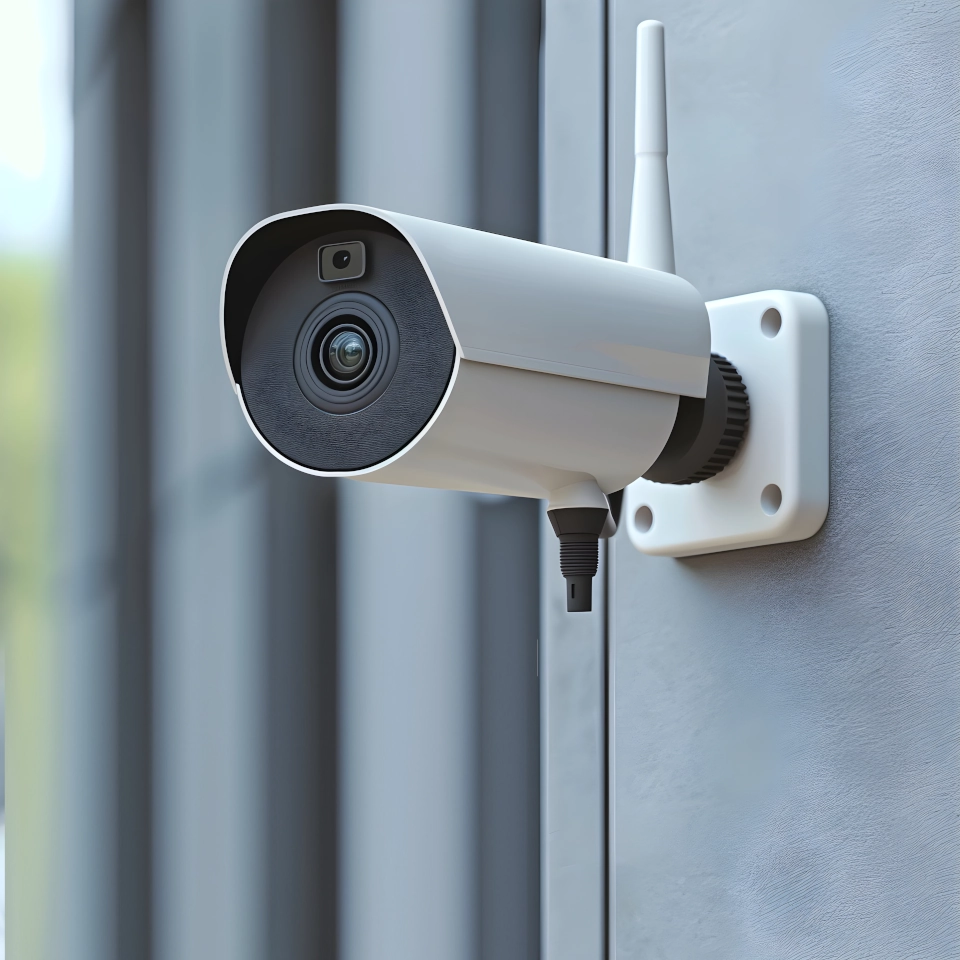Video Surveillance Systems All climates, day or night, or any environment: we have you covered...

Video Surveillance Systems
In today's dynamic and unpredictable threat environment, having a robust video surveillance system tailored to your business's specific requirements is paramount. Whether your operations run around the clock in various lighting conditions, indoor or outdoor settings, or diverse weather conditions, selecting the right surveillance solution is crucial. With the market offering a myriad of options, thorough due diligence is necessary to avoid potential pitfalls and liabilities associated with inadequately chosen systems. A wired video surveillance system stands out as a reliable choice, providing stability and security even in challenging environments. Its consistent performance ensures uninterrupted monitoring, offering peace of mind to businesses of all sizes and industries.
Moreover, with wired systems offering extended range and high-quality footage, they serve as a versatile and cost-effective solution for businesses seeking robust surveillance capabilities. By investing in a well-thought-out video surveillance system, businesses can effectively mitigate risks, enhance security, and protect their assets and personnel against evolving threats.
Here's a brief snapshot of services we provide:
- Surveillance Camera Needs Analysis
- Wired and Wireless Camera Installation
- AI Supported Object Detection
- Conditional Detection and Alerting
- Offsite Footage Storage
Surveillance Camera Needs Analysis
A security/surveillance camera needs assessment typically involves:
- Site Evaluation: Assessing the physical layout and environment where the cameras will be installed, including the size of the area, lighting conditions, and potential blind spots.
- Risk Assessment: Identifying potential security risks and vulnerabilities that the surveillance system needs to address, such as unauthorized access points or high-risk areas.
- Purpose Identification: Determining the specific objectives of the surveillance system, whether it's monitoring for theft prevention, employee safety, or compliance requirements.
- Placement Strategy: Strategically placing cameras to maximize coverage while minimizing blind spots, ensuring critical areas are adequately monitored.
- Integration Needs: Considering any integration requirements with existing security systems, such as access control or alarm systems, to ensure seamless operation.
- Storage and Retention: Determining the storage requirements for recorded footage, including the duration of retention and the capacity needed to store footage effectively.
- Compliance Considerations: Ensuring the surveillance system meets legal and regulatory requirements, such as privacy laws or industry-specific regulations.
- Scalability: Planning for future expansion or upgrades of the surveillance system to accommodate changing security needs or advancements in technology.


Wired Cameras
Wired systems provide a more stable connection that is also less susceptible to interference or hacking. Video quality, consistency, and extended range capabilities, are also a few of the benefits of a wired camera system. They also tend to deliver higher-resolution footage over long distances without signal degradation. And while the initial installation may require more effort and up-front cost, wired systems offer far better long-term value and lower maintenance costs. Here are some key points to consider:
- Reliability: Wired systems typically have a more stable and reliable connection , reducing the risk of signal interference or loss.
- Consistent Quality: With a dedicated physical connection, wired cameras can consistently deliver high-quality video footage without fluctuations in resolution or image clarity.
- Security: Wired systems are less susceptible to hacking or unauthorized access compared to wireless connections, providing a more secure environment for sensitive video data.
- Extended Range: Wired connections allow for longer cable runs, enabling cameras to be installed at greater distances from the central recording unit without loss of signal strength.
- Reduced Interference: Wired systems are less prone to interference from other electronic devices or environmental factors, maintaining a stable connection and consistent performance.
Wireless Cameras
Wireless security cameras offer several advantages that make them popular choices for surveillance applications. Some of the key advantages of wireless security cameras include:
- Ease of Installation: Wireless security cameras are typically easier to install than wired cameras since they do not require the cables for data or power, making them ideal for locations where running cables is impractical.
- Flexibility and Portability: Wireless security cameras can be more easily moved and repositioned, allowing for placement to optimize coverage or to adapt to changing security needs.
- Scalability: Wireless security camera systems are highly scalable, allowing users to add additional cameras to expand coverage without the need for extensive infrastructure upgrades. New cameras can be integrated into the existing Wi-Fi network, making wireless systems suitable for both small-scale and large-scale deployments.
- Minimal Disruption: Since wireless security cameras do not require drilling holes or running cables through walls, their installation causes minimal disruption to the environment or building structure. This can be especially advantageous for rental properties, historic buildings, or locations where preserving aesthetics is important.
- Battery-Powered Options: Some wireless security cameras are battery-powered, offering even greater flexibility in installation and placement for outdoor areas, remote sites, or temporary installations, etc.


Cellular Cameras
Cellular surveillance cameras are well-suited for a wide range of surveillance applications in diverse environments, especially in remote or austere locations where wired or wireless internet access may be limited or unavailable. Some of the key advantages and benefits include:
- Wireless Connectivity: Cellular surveillance cameras utilize cellular networks (3G, 4G, or 5G) for data transmission, eliminating the need for wired connections like Ethernet or Wi-Fi. This wireless connectivity enables flexibility in camera placement, making it suitable for remote or temporary surveillance needs.
- Quick Deployment: Since cellular cameras do not require complex wiring or network infrastructure, they can be deployed rapidly in locations where setting up wired connections is impractical or time-consuming. This attribute is particularly useful for temporary surveillance needs, such as construction sites, events, or remote areas.
- Location Flexibility: Cellular cameras are not limited by the proximity of Wi-Fi networks or Ethernet connections, allowing them to be installed in remote or isolated areas where internet connectivity is limited or unavailable. This attribute makes them ideal for outdoor surveillance applications such as wildlife monitoring, agricultural security, or rural property surveillance.
- Scalability: Cellular surveillance systems can be easily scaled up or down to accommodate changing surveillance needs. Additional cameras can be deployed and integrated into the existing cellular network infrastructure without significant overhead, making them highly adaptable to evolving security requirements.



